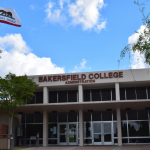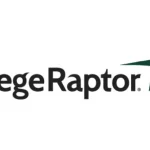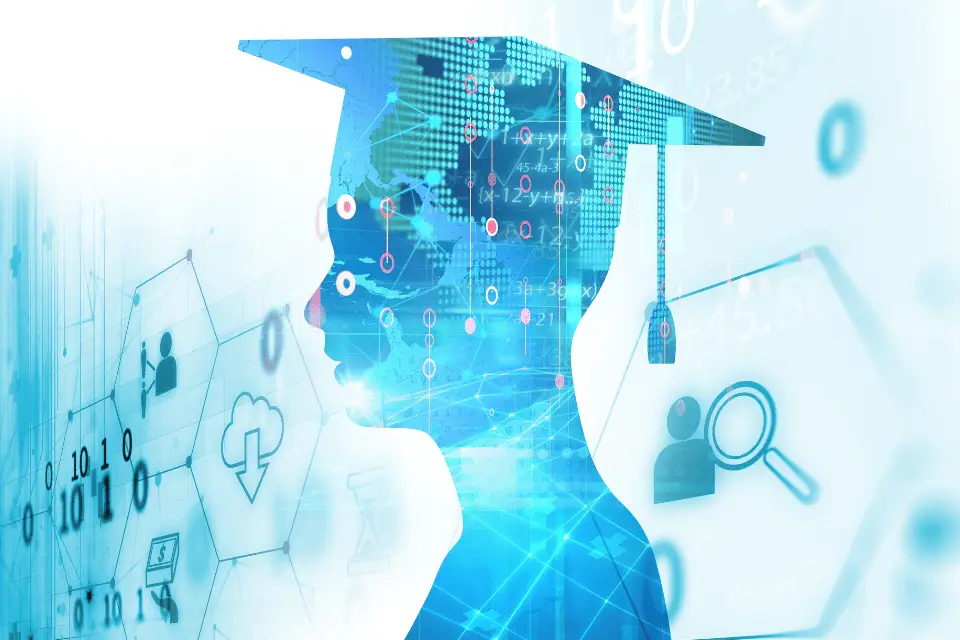IT’s role in higher education has shifted dramatically in the last five years. Prior to the pandemic, IT offices often worked “behind the scenes” to shape and execute their institution’s strategic plans for technology and data security in partnership with other campus offices and leaders. But as colleges and universities shut down their campuses in March 2020, IT leaders were pushed to be not just great collaborators but to be more prominent leaders, making the transition to online/digital learning and virtual student support possible.
Today, the changes brought on by the pandemic are core to every institution’s playbook and, therefore, so is the importance of higher education IT teams, especially when considering the digital student experience.
IT leaders are driving critical technology infrastructure and data security decisions. At the same time, IT leaders are looking to leverage existing technologies in a way that drives the greatest benefit from these systems for students, such as:
- Student Information Systems
- Learning Management Systems (LMS)
- Customer Relationship Management (CRM)
- FAM (Financial Aid Management)
IT is also continuously assessing how innovative technologies, such as artificial intelligence (AI), machine learning, and predictive analytics can be actively brought into the institution’s technology stack. It’s a critical role that requires both strategic thinking and practical decision-making.
As IT leaders balance all of these initiatives and lead their institutions on the next leg of the post-pandemic journey, we anticipate the following themes will become even more important over time.
Four Areas of Focus for Higher Education IT Teams
1: Simplify the Student Engagement Experience
A common struggle many institutions face: too many technologies and too much data spread across multiple systems. And yet, it can sometimes be difficult to change systems or onboard new ones. So, how do you access the data across these systems to maximize its use for the benefit of both students and the institution without extending IT too far?
Affordable, light-weight, and system-agnostic AI solutions (such as chatbots, two-way texting, and live chat)are proving to be a way to access the data from disparate systems in a way that drives more personalized student engagement and improves measurement through predictive analytics. AI-powered student engagement platforms can simplify the user experience and provide a seamless navigation between a multitude of software applications used throughout their educational journey.
Learn more about how “System Agnostic” AI Communications Platform supports the entire student journey here!
2: Creating an Ecosystem That Maximizes ROI of All Technologies
For an institution’s IT infrastructure to reach its full potential, the ecosystem should include software that can operate harmoniously with other tools by:
- Feeding data from your Student Information System to your CRM
- Sharing data from your chatbot interactions and Zoom calls into cases and opportunities in your CRM
When adding a new technology, it literally pays to be mindful of whether new solutions can integrate well with other existing (or potential future) tools. A real win is when a new technology helps you get more out of another technology you are already leveraging, taking data sitting in the back-end to the forefront and helping to meaningfully engage students and make them more successful.
3: Meeting Institutional Goals
With 800 US colleges and nearly 10,000 campuses having closed since 2004 (many citing poor enrollment figures and dropout rates as a leading cause), enrollment pressures are not going away any time soon. Competition for students will increase and demographic shifts will reduce the pool of college students.
IT will need to align its decision-making and priorities with the institution’s strategic goals, such as increasing enrollment and retention rates. Having the mindset that “every technology enables the institution to fulfill its mission, fosters student engagement, and plays an important role in generating and preserving enrollment” will be more and more important. IT is a critical enabler of an institution’s enrollment and retention efforts, not just simply technology support.
A great example of how influential IT can be in the student experience is that when the team implements solutions like chatbots, two-way texting, or live chat that integrate with SISs or CRMs, they are enabling personalized responses to be delivered in the chatbot. This makes a huge difference for students; in fact, 95% of students prefer personalized answers and, as a result, students engage 300% MORE when chatbot answers are personalized! IT teams actively enable students to get the information they need along their higher education journey, from orientation to graduation.
4: Be Flexible and Nimble
With a changing student body, policies and procedures on campus are rapidly shifting and evolving. IT offices are expected to support these decisions and policies when needed by aligning the systems to reflect the policy changes of their institution. This means prioritizing flexibility and agility as environments continue to change at a rapid pace as institutional decisions shift and evolve.
In turn, the solutions IT teams implement must also be flexible and adaptable to meet the ever changing needs of students and how to facilitate effective engagement. AI-powered Student Communications solutions like Ocelot’s enable agility by allowing schools the flexibility to enhance the power of the Ocelot platform by connecting to existing data sources.
The Wrap
As we all navigate the post-pandemic world, economy, and beyond, the strategic nature of IT leadership will continue to expand. Higher education institutions have been forever changed in this regard: IT will never labor “behind the scenes” again. And as IT more closely aligns with the institution’s strategic goals, we anticipate that enabling student success and engagement will be even higher on IT’s radar.
Want to learn more about how Ocelot can help higher education IT professionals enable personalized communications for students via AI-powered Chatbot, Two-Way Text, and Live Chat? Talk to our team today!















